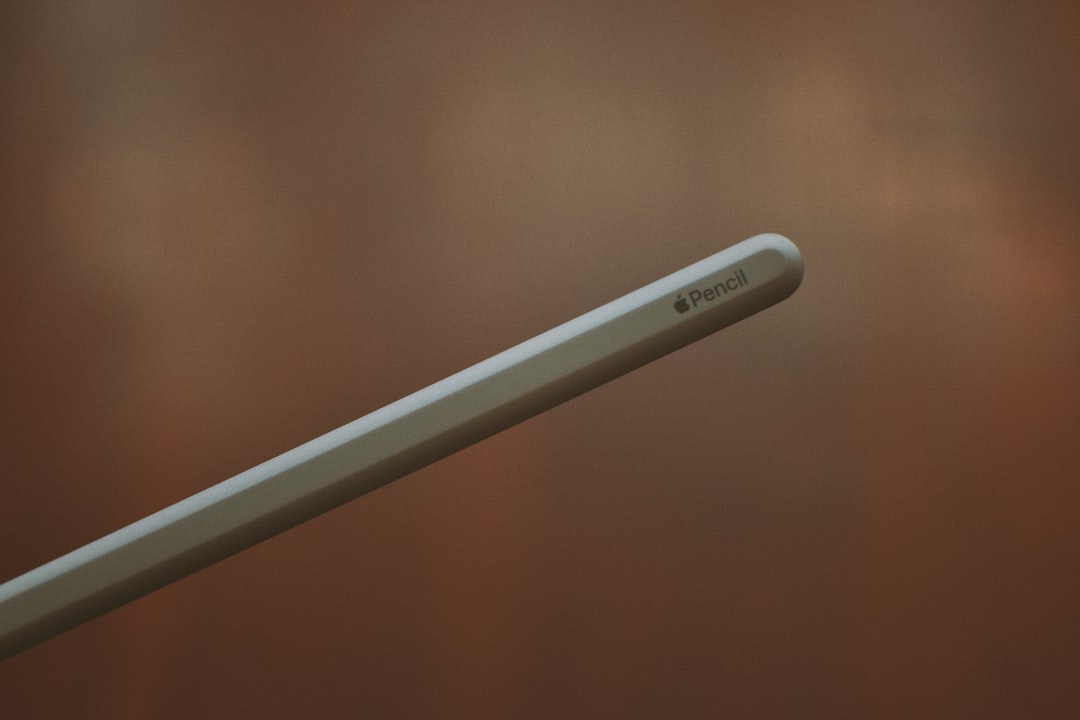The Hot Rolling Process: From Ingot to Flat Bar
Hot rolled flat bars begin their life as a molten metal ingot, typically steel. This ingot is then subjected to a series of rigorous processes to achieve the desired shape and properties. The initial step involves heating the ingot to an extremely high temperature, often exceeding 1100°C (2012°F), making it malleable and easily deformable. This heated ingot is then passed through a series of heavy-duty rollers, progressively reducing its thickness and shaping it into a flat bar. The high temperature allows for significant deformation without fracturing the metal, resulting in a stronger and more durable final product. The continuous rolling process ensures a consistent thickness and width throughout the bar’s length. After rolling, the bar undergoes controlled cooling to minimize internal stresses and achieve the desired mechanical properties.
Mechanical Properties and Composition of Hot Rolled Flat Bars
The mechanical properties of hot rolled flat bars are largely determined by the steel grade used. Commonly used steel grades include low carbon steel, medium carbon steel, and high carbon steel, each offering a unique balance of strength, ductility, and hardness. Low carbon steel is known for its excellent weldability and formability, while medium carbon steel provides a good combination of strength and ductility. High carbon steel boasts superior strength but at the cost of reduced ductility and weldability. The composition of the steel also plays a crucial role, with alloying elements such as manganese, silicon, and chromium influencing the final properties. These elements can enhance strength, hardenability, and corrosion resistance. Understanding the specific mechanical properties, including tensile strength, yield strength, elongation, and hardness, is crucial for selecting the appropriate bar for a given application.
Applications of Hot Rolled Flat Bars: Versatility in Action
Hot rolled flat bars exhibit exceptional versatility and find applications across numerous industries. Their strength, durability, and relative affordability make them ideal for structural components in construction, such as beams, columns, and reinforcing bars. They are also extensively used in the manufacturing sector for producing various parts and components, including automotive parts, machinery components, and tools. The agricultural industry utilizes hot rolled flat bars in the construction of farm equipment and machinery. Furthermore, these bars serve as a base material for further processing, such as machining, welding, and forming, enabling the creation of complex and intricate parts. Their adaptability makes them a cost-effective solution for a wide range of applications.
Advantages and Disadvantages of Hot Rolled Flat Bars
Advantages: Hot rolled flat bars offer several key advantages. Their relatively low cost compared to other steel products makes them economically attractive. The high-temperature rolling process enhances their strength and durability, providing excellent structural integrity. The process also imparts good dimensional accuracy, though tolerances may be slightly larger than cold-rolled bars. Their superior weldability simplifies fabrication processes. Finally, the large size range available offers flexibility in design and application.
Disadvantages: While offering significant advantages, hot rolled flat bars also have some limitations. The surface finish is typically rougher compared to cold-rolled bars, potentially requiring further processing for applications demanding a smoother surface. The higher temperature processing can lead to slight dimensional variations and scale formation on the surface. Lastly, the inherent properties of the steel grade used influence the ultimate suitability for specific applications, necessitating careful selection based on the required strength, ductility, and other mechanical characteristics.
Choosing the Right Hot Rolled Flat Bar: A Guide to Selection
Selecting the appropriate hot rolled flat bar requires careful consideration of several factors. The intended application dictates the necessary mechanical properties, such as tensile strength and yield strength. The required dimensions, including length, width, and thickness, must be specified. The surface finish requirements influence the choice between a directly usable bar or one requiring further processing. The steel grade plays a crucial role in determining the balance between strength, ductility, and weldability. Finally, cost considerations are essential, balancing the required properties with budgetary constraints. Consulting with a material specialist or supplier can provide valuable guidance in making the optimal choice.
SEO Tags:
- Hot rolled flat bars
- Steel flat bars
- Hot rolling process
- Steel bar applications
- Mechanical properties of steel




